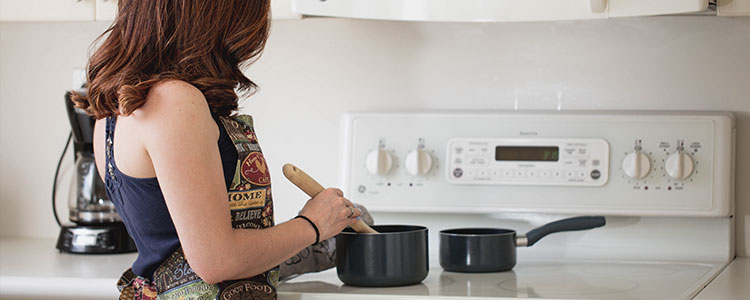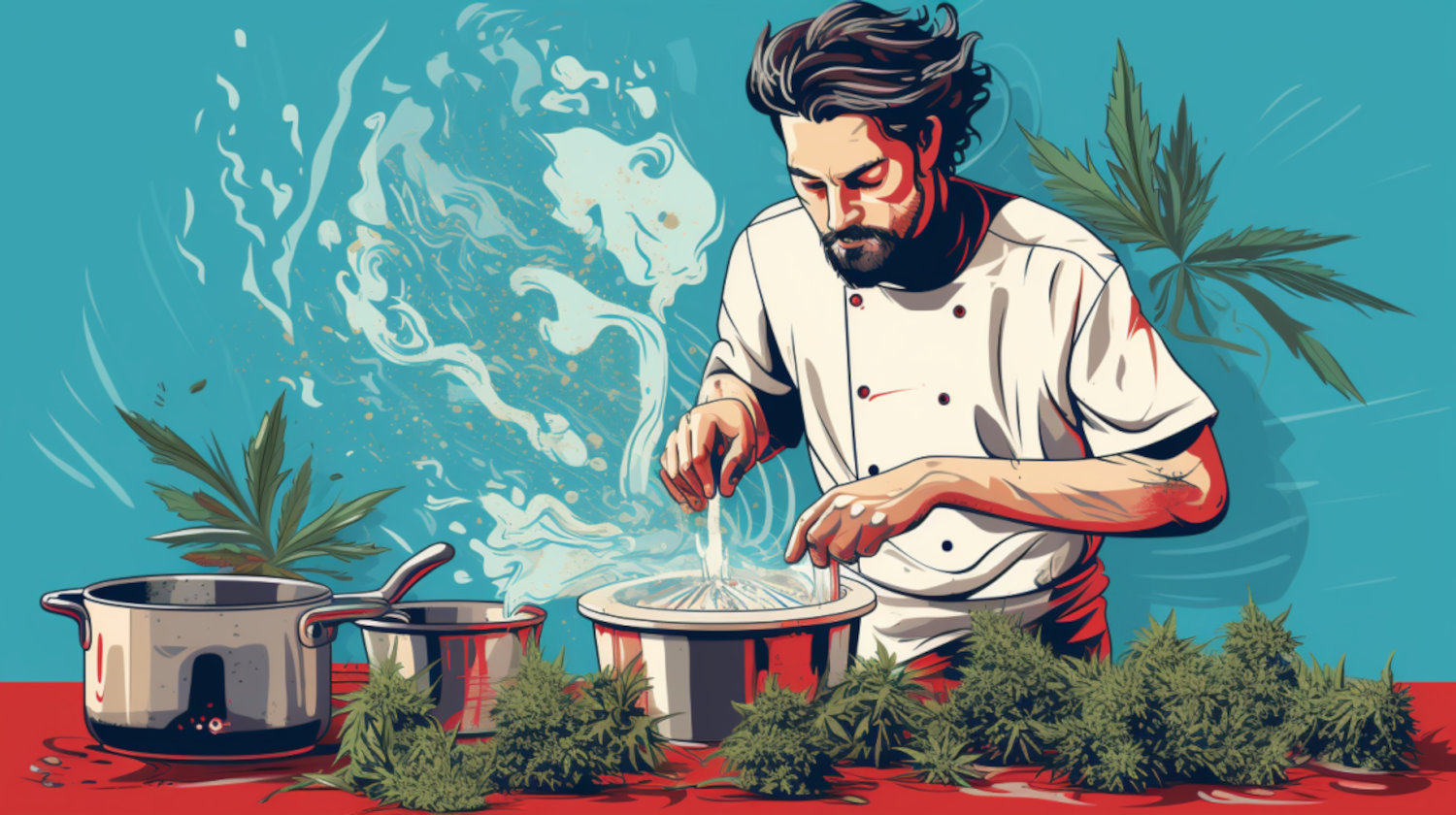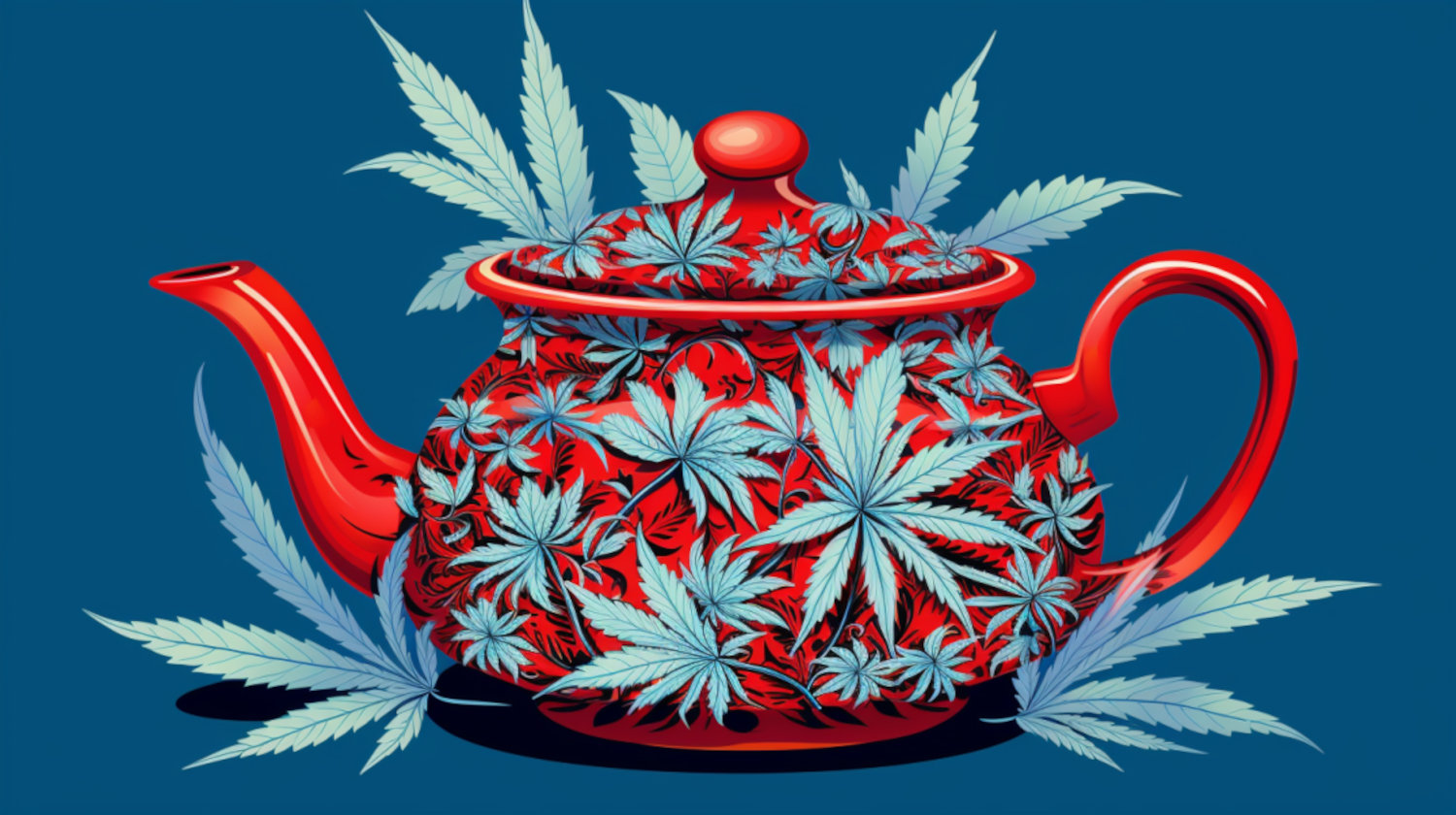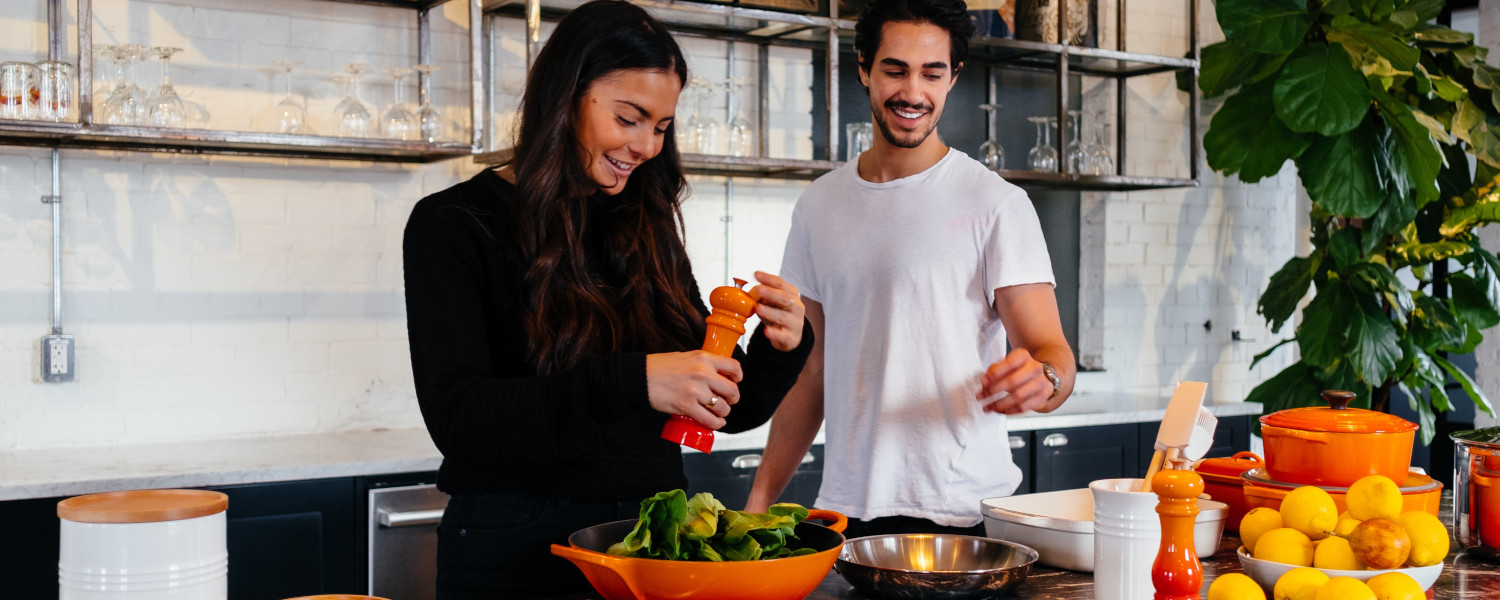Homemade edibles are one of the most exciting aspects of cannabis today, brimming with possibilities. Licensed brands are constantly innovating the space, making just about every edible under the sun, from the classic brownie to infused candies, drink powders, and even fine dining. As more people learn how to make delicious, infused creations at home, cannabis consumers are branching out to the world of DIY edibles.
Learning how to make edibles on your own takes a bit of work but produces ample rewards – especially for the health-conscious consumer. While commercially available edibles certainly have evolved, many remain too sugary or unhealthy for most diets. But with homemade edibles, you can create consistently dosed cannabis products with the ingredients you desire.
That leaves one important question: how can you make sure your DIY edibles are dosed properly so you can trust you aren’t getting too much (or too little) cannabis in each serving?
In this article, we'll break down these delicious, infused options and how to control your dosage with every bite.
Step 1: Do the Math
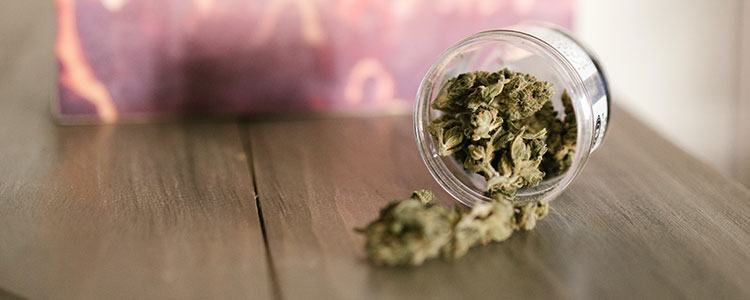
Successful homemade edibles start with your plant choice. Selecting the right strain will dictate your edible's potency and efficacy. After that, the most crucial element of your edibles is math. Crunching numbers isn't as fun as crunching on the finished dish, but it's an essential part of the process.
Say you're starting with a quarter ounce of cannabis, totaling 7 grams or 7,000mg of dry weight. Most strains are now well above this, but for easy math, let's say the strain contains 20% THC. Twenty percent of the dry weight's 7,000mg would total 1400mg of THC (or 200mg of THC per gram of dried flower) in this cultivar's case.
Let’s say you use one gram of dried flower to create a stick of infused cannabutter. Sticking with the previous example, you would know that your stick of infused butter includes 200mg of THC. Using half of the stick would total 100mg of THC in your dish. If you use one-quarter of the stick of butter, you've got 50 mg of THC, and so on.
Keep that number in mind when portioning your edibles. If you're making 20 cookies with 100mg of butter, your edibles should end up with 5mg of THC per cookie.
Taking the time to do this math before cooking is vital to knowing how much THC will be present in every serving.
If you aren't keen on dosing your edibles yourself, you can always purchase a pre-made infused butter or oil from your local dispensary. Or you can use an edible calculator to double-check the numbers. It never hurts to be thorough.
Step 2: Do the Prep
With the calculations done, it's time to do the food prep.
Remember that homemade edibles need more setup than most traditional dishes. With DIY edibles, this prep includes decarboxylation or decarbing the weed. This plant-heating process converts various cannabis compounds into the desired form, notably altering THCA into the intoxicating THC. Without decarbing the cannabis, your edibles won’t have the desired effect.
Decarbing won’t be necessary if you pick up pre-made cannabutter or cannabis cooking oil at the dispensary. But if you prefer to make your own infused butter or oil, we recommend doing so at least a day before you cook, as it can be a bit of a time-consuming (yet rewarding) process. Some chefs will include extracts, like kief, for added potency. But this can make calculating THC per serving much more difficult. For the best results and most accurate doses, beginner cannabis cooks should stick to dried and cured cannabis flower.
Once you've made your cannabutter or oil, consider portioning any you don't plan on using in this meal. Doing so can give you a headstart next time, cutting down on the math or prep work needed during your next cook. Just remember to write down how strong the remaining butter or oil is and place it away from any non-infused products.
If you want to avoid doing so much prep and legwork, consider picking up an oil infuser.
Step 3: Find the Right Recipe

Strain selection isn't the only critical choice you'll be making along the way. It's now time to choose your recipe. You can stick with the tried and true “pot brownies” or cookies or pick a savory dish you love that's full of flavor and makes you and your guests happy.
While there are no wrong choices, you may want to look for a favorite recipe that calls for smaller quantities of cannabutter or oil and is easier to infuse. Larger and more complicated recipes can mean the first two steps become more time- and cost-intensive as you use more cannabis.
If your recipe calls for a significant quantity of butter, consider using half-infused cannabutter and half-regular butter, which helps cut down on dosing worries and avoids adding too much THC to your dish.
The name of the game, especially if this is your first foray into homemade edibles, is to find a recipe that is easy enough to infuse and accurately dose. There are a few ways you can make accurate dosing even easier.
Make Single-serve Meals
The easiest way to dose DIY edibles is the single-serve route. Think of any single-serve meal, from a breakfast burrito to a grilled cheese sandwich to soup. Mix a set amount of THC into your ingredients, and you’ll have taken the guesswork (and math) out of the equation.
Pre-Portion Your THC Toppers
Larger dishes or those with more significant amounts of cannabutter can result in an improperly mixed infusion. If so, your careful dosing calculations may not be enough to keep each serving consistent–leaving some with more THC than others.
THC toppers are a great way to avoid the above scenario. Pre-portioned butter and oil allow you to infuse select ingredients or parts of the meal in a measured fashion. This option works great for ingredients you typically use to top a meal, like salad dressings, honey, or butter on toast.
With DIY-infused butter and oils, rely on your math once again. If your stick of butter is 100mg and you have 10 portions, then each serving should contain 10mg of THC.
Be Meticulous in Your Food Prep & Mixing
Unevenly mixed meals leave some bites with too much flavor and others without enough. The same uneven distribution happens with infused ingredients. In the latter's case, improper dosing can lead to some portions containing significantly different doses of THC than the next.
Infuser tools and pre-packaged options should cut down on this concern. And taking the time to fully mix your ingredients (no rushing!) is important to achieve consistent results. Still, with homemade edibles, there is always a risk of unevenly dosed creations.
Which brings us to our final word of advice.
Step 4: Enjoy (and Take Your Time)
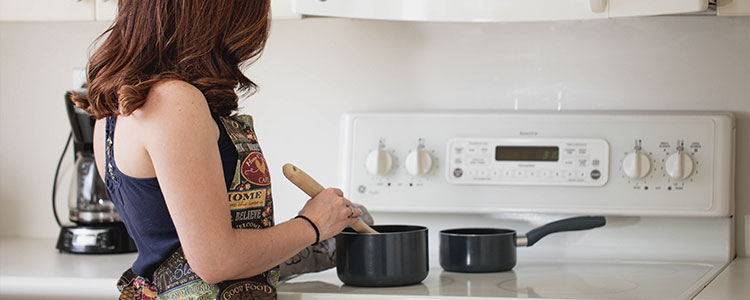
Even when you know how to make edibles like a pro, small mismeasurements or uneven mixing can result in edibles without the potency needed, or they can spike THC quantities to two or three times more than you expected.
That’s why, no matter how meticulous you are in your calculations and cooking, we recommend taking your time and giving each dose a full 1-2 hours to take effect before going back for seconds.
Don't let the risk deter you from DIY edibles. There's nothing like making your own infused creations. Just be prepared to invest the time and care you need along the way to give yourself (and any guests you’re serving) the best possible experience.
What Can You Do If You're "Too High"?
If you find that your homemade edible was stronger than expected and you feel “too high,” take comfort in knowing that these adverse effects typically don't last long, and there are steps you can take to “sober up from weed” if the experience proves too strong.
Then, try a smaller dose next time you're ready to consume any edibles, homemade or from the dispensary.
If you feel overwhelmed and need support, Fireside Project offers a Psychedelic Peer Support Line to individuals during and after a psychedelic experience. With a highly trained team of compassionate volunteers who listen without judgment, Fireside Project is able to offer the support many individuals may not have access to at home. Through their Equity Project, callers who are military veterans or who identify as BIPOC or transgender are able to connect with a support line volunteer who shares that aspect of their identity.
The information in this article and any included images or charts are for educational purposes only. This information is neither a substitute for, nor does it replace, professional legal advice or medical advice, diagnosis, or treatment. If you have any concerns or questions about laws, regulations, or your health, you should always consult with an attorney, physician or other licensed professional.

